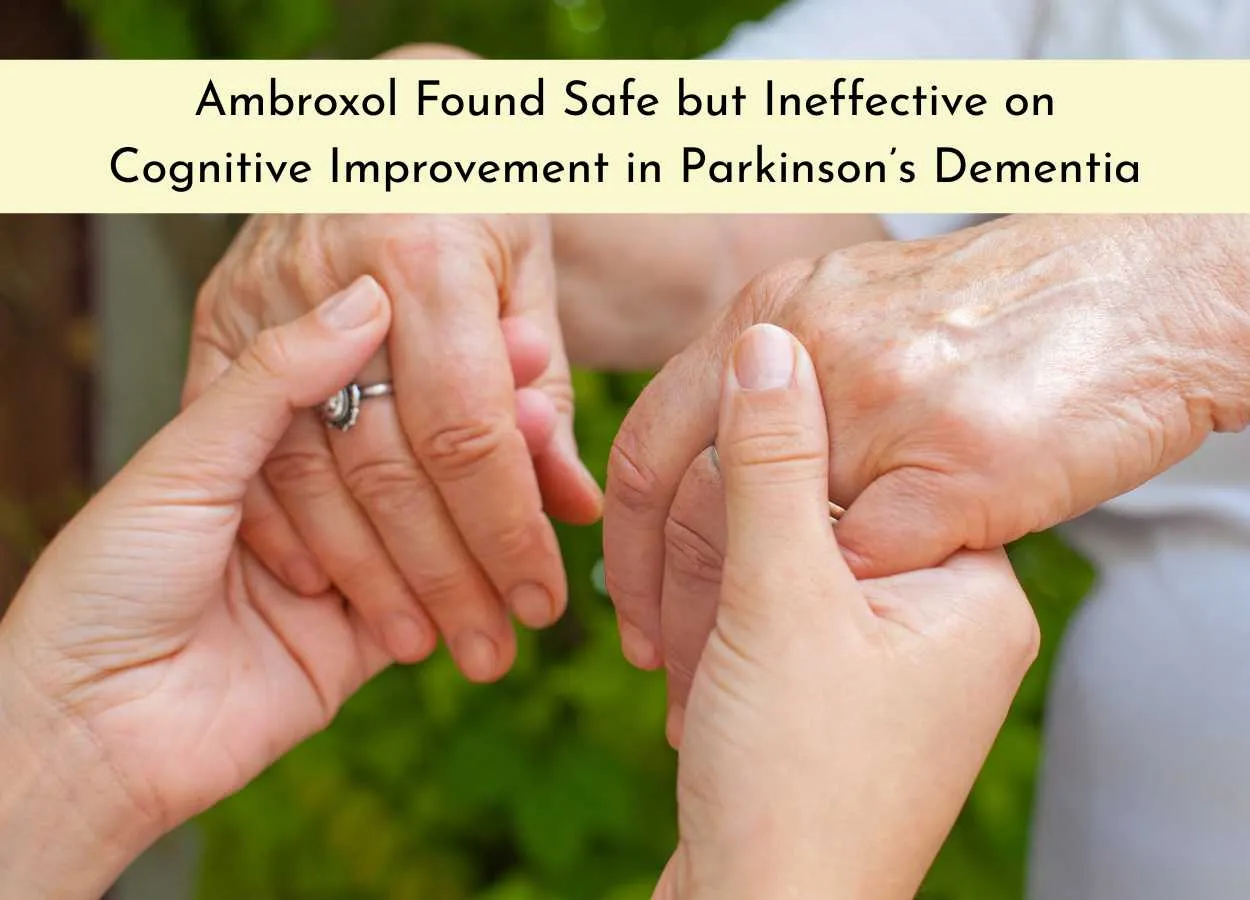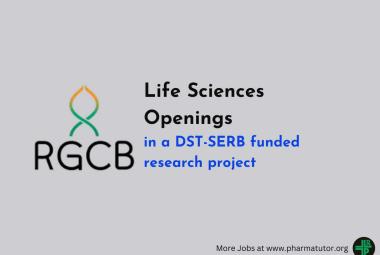London, Ontario — A 52-week randomized, double-blind, placebo-controlled phase 2 trial has found that high-dose ambroxol, a common cough medicine repurposed as a molecular chaperone, is safe and achieves biochemical target engagement in Parkinson disease dementia (PDD), but shows no measurable cognitive benefits compared to placebo.
Designed to elevate β‑glucocerebrosidase enzyme activity—known to reduce toxic α‑synuclein accumulation, ambroxol was administered orally at 525 mg/day (low dose) or 1050 mg/day (high dose) to 30 patients, while 24 received placebo. At week 26, cerebrospinal fluid enzyme levels were significantly higher in the ambroxol group (12.45 nmol/h/mg vs. 8.50 nmol/h/mg in placebo; P = .05).
Trial participants spent an average of over one year in treatment, with plasma concentrations of about 7.5 μM and CSF levels ~0.73 μM at peak dosing. Adverse events were generally mild: gastrointestinal disturbances occurred in 12 % of ambroxol-treated participants, compared with 5 % in the placebo group .
However, neither primary cognitive outcomes, measured by the ADAS‑Cog‑13 scale nor clinician-rated global impressions of change differed significantly from placebo. Despite proving safety and biological activity, the trial did not demonstrate clinical efficacy in slowing dementia progression.
Researchers highlight that the increase in β‑glucocerebrosidase confirms ambroxol’s mechanism of action, supporting further investigation. Yet the absence of cognitive improvement suggests a need for longer follow‑up, larger participant groups, or combination therapies.
“It shows biological promise, but cognition didn’t budge, so this isn’t a therapeutic breakthrough yet,” noted an accompanying expert commentary.
Moving forward, investigators suggest expanding trial size, extending duration, and combining ambroxol with other neuroprotective agents. Exploring its use in earlier or more genetically defined PDD subtypes (e.g., those with GBA gene mutations) may also prove informative.
The trial marks a strategic effort to repurpose a well-known, well-tolerated drug for neurodegenerative disease and underscores the challenges in translating biochemical effects into clinical benefit.








